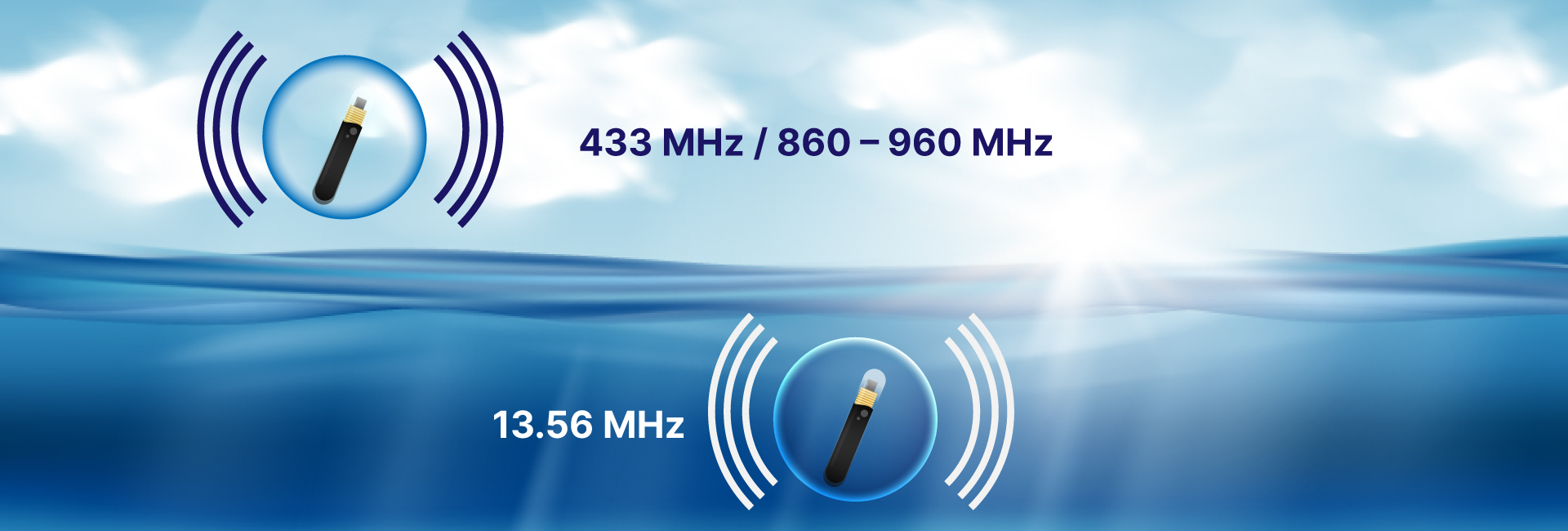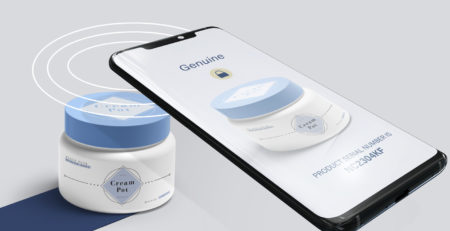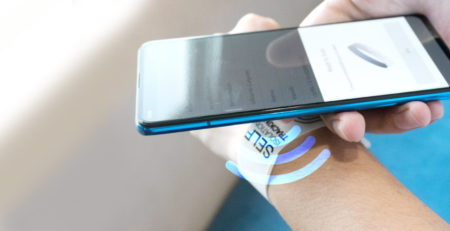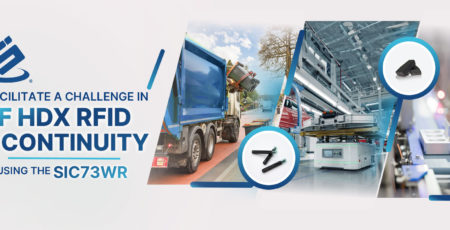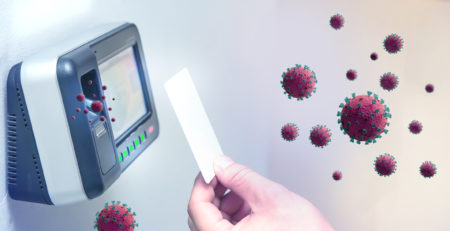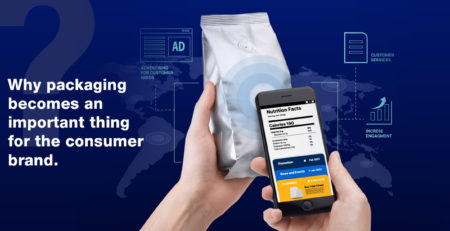Identifying the right RFID: HF or UHF will be work in a water environment.
Radio Frequency Identification (RFID) is a technology that can apply to many industries. So, it has been used in a wide range of applications. However, selecting the right RFID in each frequency must be suitable for the application and its concerns.
The high-frequency band has been widely used. There are two bands of carrier frequency: High Frequency (HF) operates at 13.56 MHz, and Ultra-High Frequency (UHF) operates at 433 MHz or 860 – 960 MHz. The different frequencies affect the speed, distance, and ability to pass through the medium or obstacle of communication which is suitable for the different requirements and applications. The higher frequency makes the speed and distance higher, but it is more affected by the obstacle also, including in the water environment. Water will always be a problem for UHF because of the electrical conductivity in the water. However, there is a few of conductivity, it still highly affects the UHF.
So, HF-RFID is more proper to be used and work with water. Including the features of it can solve the problem and make the production line to be more effective. For example, in the beverage production line or laundry process, using the anti-collision feature from HF makes we can detect and read the data from many tags at one time. This feature supports us in collecting data, and it is not waste more time in the operation. So, the production line still continues normally in a time with high efficiency. Moreover, the reading range of HF that is not too far (normally operate at 1 m.) makes we can get the data from the right tags within the operating range.
We can see that many features of HF can help the production lines and the industrial applications to be more efficient. Also, it helps us to collect the right and accurate data which we can use all data to improve and develop our line to be better in the future.

